Good News: Our Parks, Trails and Protected Lands
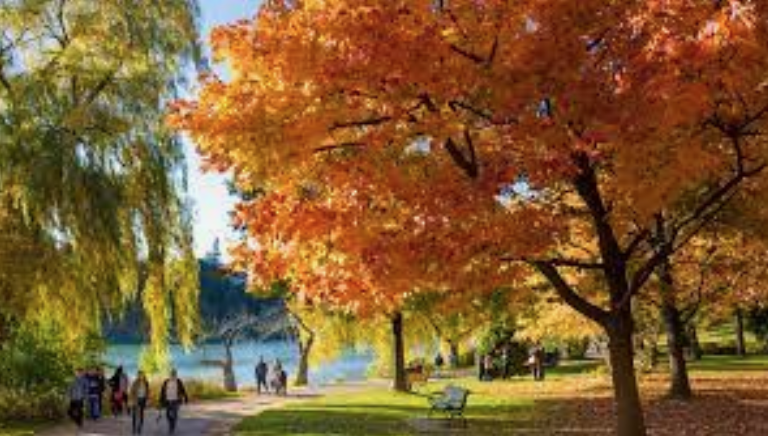
There is More Good in the World than Bad
There are only 200 steps left to the top. I gasped, “We can do it!!!,” to my wife Pat as we climbed higher on the trail. The top was actually the divide between Canada and the U.S.A.
Our three young children aged 8,11 and 14 were standing at the top waiting for us looking very relaxed beside a monument marking the divide. On the monument was a plaque that read, “This is the Waterton Glacier International Peace Park created by Rotarians from Alberta and Montana in 1932. It is a UNESCO World Heritage site.” It is now one of 147 Peace Parks in the world.
This partnership and show of international cooperation sent shivers up my spine and turned out to be the tipping point for me to join Rotary. I am still a proud member of Rotary, some 37 years later, and our whole family are still keen hikers.
Trails have been around for as long as we humans, and I suspect our predecessors, homo erectus, have been on earth. These trails were sometimes old animal paths going to another place, often to sacred spiritual spaces. It is theorized Indigenous Peoples moved across the Arctic and over thousands of years moved down the west coast in search of a better life, sometimes creating their own path.
Over time trails have evolved from having a utilitarian purpose into routes used primarily for recreation. One of the oldest and best known is THE WAY OF ST JAMES, a long trail in Southern France and Northwestern Spain, used by religious people on a pilgrimage to the cathedral in Santiago where St. James is thought to be buried.
This route, now known as the CAMINO de SANTIAGO, is still heavily used and most of the walkers are on their own personal pilgrimage.
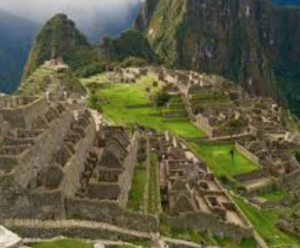
Other well-known trails are the Inca Trail in Peru to Machu Picchu, the Mitford Trail in New Zealand, the Appalachian trail in the U.S.A. the Cotswolds in England, and many trails in the Himalayas and other Mountain ranges.
The oldest and longest in Canada is the Bruce Trail, opened in 1967 and extending some 885 kilometres from Niagara to Tobermory *
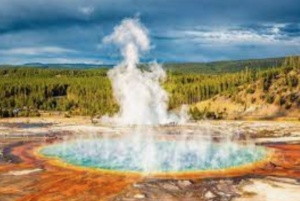
Parks, on the other hand, are much newer. The First National Park was Bogd Khan Uul, created in Mongolia in 1778. History pundits, however, believe this property has been protected since the 12th century.
The first National Park in North America was Yellowstone, created about 100 years later by President Grant.
The first Canadian park was Banff National Park, created in 1885 followed by Yoho (1910) and Glacier in 1886.
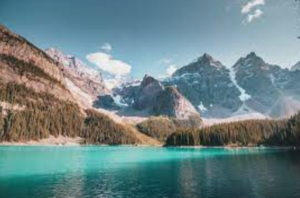
The great African Game Parks were created in the early 1900s, beginning with Sabi Game Reserve in 1898 (the precursor to National Parks).
Today parks, trails and other protected areas make up approximately 15% of Canada’s landmass and 10% of our water area. This is the same percentage as the U.S.A. and the same percent as the whole world.
In 2020 Justin Trudeau announced that 30% of both Canada’s landmass and waterways will be protected by 2030 and encouraged other countries to do the same. It has yet to be determined which lands and waterways will be protected. However, it is a noble goal, nonetheless.
Parks in Canada range in size from tiny city parks to the largest (Wood Buffalo) in northern Alberta and the North West Territories (All in Treaty 8 territory).
Wood Buffalo is the second largest park in the world and is bigger than all of Switzerland. The largest is Northeast Greenland.
The main purpose of our parks, trails and conservation areas is environmental. Allowing people into selected parts of protected areas helps people appreciate nature which, in turn, makes them better stewards of the land and our environment. **
In addition, the tremendous health benefits, both mental and physical, of being in the outdoors hiking or just enjoying the natural surroundings are also of great importance.
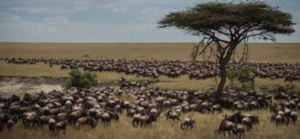
The environmental benefits are enormous. They include the protection and preservation of wildlife and bio-diverse areas, to say nothing of the absorption of Co2 gases and the preservation of our planet.
It is impossible to come away from some of the parks without being awed and becoming a truly committed environmentalist by watching such phenomena as:
• the Great Wildebeest Migration, or
• herds of Elephants eating foliage or
• a giraffe lope across the plain or
• a lion chase a gazelle for lunch or
• whales in the ocean or
• a salmon run in a river or
• even a swim with Sea Lions in the Galapagos
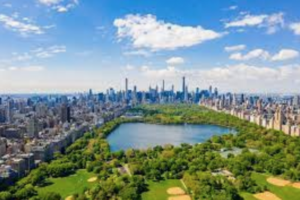
While the best known and largest parks are rural there are many in the city. These include:
• Central Park in New York,
• the 43 Km trail along the Saskatchewan River in Edmonton,
• the new Rouge Hills Park in Toronto and
• the Albert in Auckland, New Zealand which is located on the site of an old Maori village.
These parks, among other things, provide an escape from the daily stresses of city living, for example, Central Park during the race riots in the 60s.
Not to be forgotten are the city parks in your neighbourhood where mothers push strollers, older children watch ducks or play on the swings and adults sit and watch the activity. They were a lifesaver to almost everyone during COVID.
Toronto, I am told, has 1600 parks.
To top it all off, being in the outdoors costs virtually nothing.
Our family still hikes together. Every Thanksgiving all of our children, partners, spouses and grandchildren go on a Bruce Trail hike.

We also hike at other times, and since our hike some 37 years ago, some of us have completed the Bruce Trail end to end, walked a part of the Camino, trekked to the top of Kilimanjaro, completed the Inca Trail, and hiked in the Adirondacks and the Appalachians. There have also been numerous hikes in the Himalayas, Alps, Rockies, and Australia and New Zealand, as well as other parts of the world.
In fact, most of our holidays have hiking as a component. We have been truly blessed.
It is not surprising then that I would place the increasing number of parks, trails and protected spaces at the top of my Good News Happenings list. You can too, particularly if you get out there and enjoy them!
Till next time,
Chris Snyder
* People might argue the Trans Canada Trail is longer. In fact, this trail, that goes from the east coast to the west coast, is the joining of many trails with links.
** We are also indebted to the thousands of people who act as stewards of our protected lands including: government employees, Indigenous groups, volunteers with organizations such as the Bruce Trail who maintain the trails, conservation groups and every individual who only leaves behind their footprint.
You May Also Like

Getting Along and the Golden Rule
July 31, 2022
Cambodia!
January 13, 2019